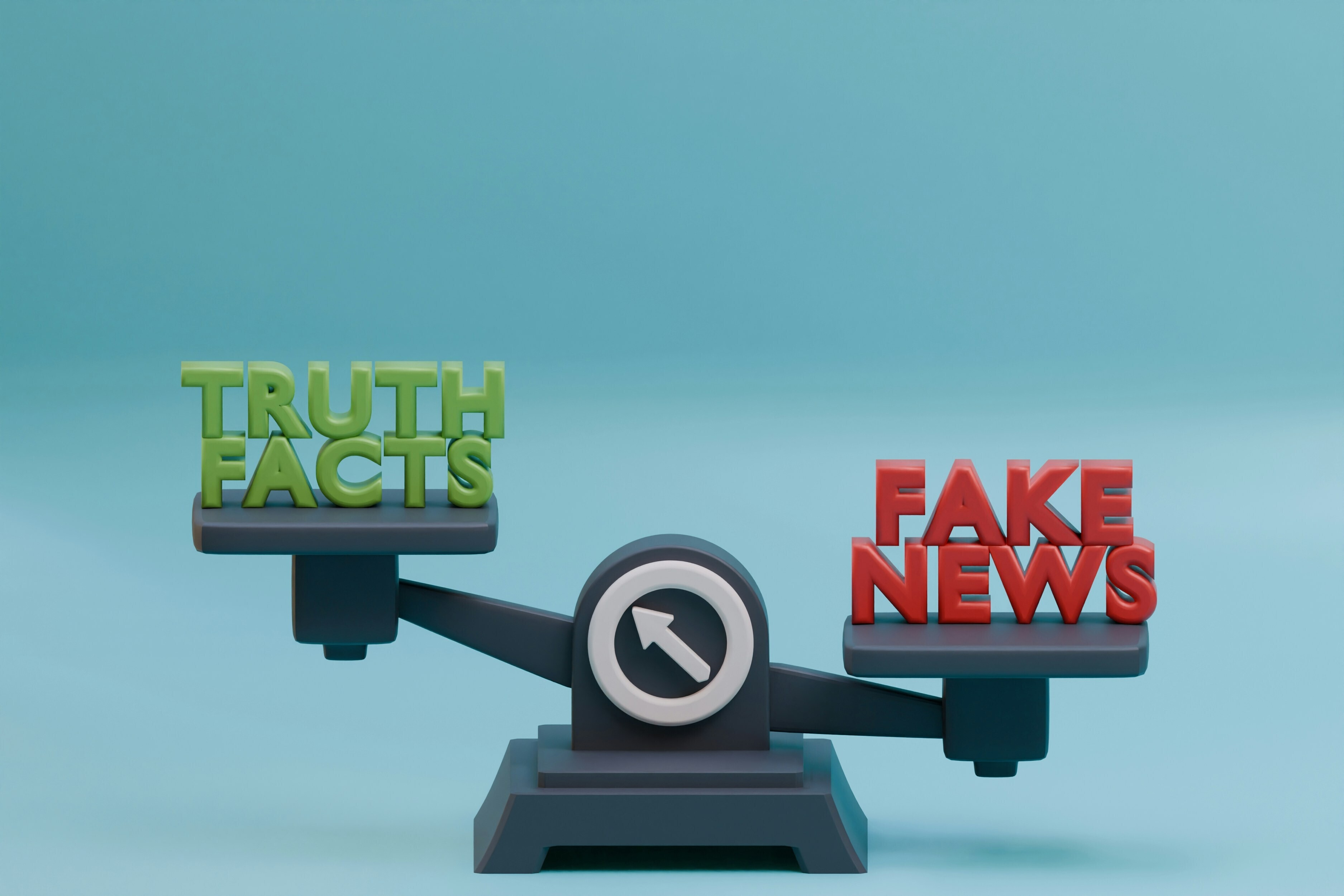Men in Game of Thrones speak three times as much as women

Lauded for female characters, but men still took the limelight.
Image: REUTERS/Maxim Shemetov
Stay up to date:
Education
"Game of Thrones" may have been lauded for strong female characters but men still took the limelight with about three quarters of speaking time, according to a new analysis of the blockbuster television series.
Men spoke roughly three times as much as their female equivalents - and they dominated the final season most of all, according to a report by data research firm Ceretai.
"The results were actually worse than we expected," Matilda Kong, the chief executive of Germany-based Ceretai, told the Thomson Reuters Foundation.
"It tells us that it does not really matter how women are portrayed as strong or that they have power: what they think and what they say is still not (seen as) important."
"Game of Thrones" has been praised for showing tough female characters but also faced criticism for scenes of sexual violence and brutality against women.
Women had about a quarter of speaking time in the first series of the show, the analysis conducted for the BBC found, reaching a peak of just under a third in the penultimate seventh season before dropping to 22% in the final season.
A record of more than 19 million U.S. viewers watched the series finale this week on HBO, a unit of AT&T's Warner Media , the cable channel said.
The speech data was compiled using artificial intelligence to identify whether a male or female was speaking. The system's accuracy is about 85% so the exact split may be slightly higher or lower, said Ceretai.
Women are known to be consistently under-represented on screen. They took only 40% of all speaking characters in U.S. prime time television in 2017-18, according to research by San Diego State University.
Kong added that she hoped the analysis would bring awareness of gender bias in popular culture.
"We are not aiming to tell people what to watch," she said.
"We want to create awareness that when we consume popular culture it gives us an unfair representation of the real world and we are unconsciously biased by that."
Don't miss any update on this topic
Create a free account and access your personalized content collection with our latest publications and analyses.
License and Republishing
World Economic Forum articles may be republished in accordance with the Creative Commons Attribution-NonCommercial-NoDerivatives 4.0 International Public License, and in accordance with our Terms of Use.
The views expressed in this article are those of the author alone and not the World Economic Forum.
Forum Stories newsletter
Bringing you weekly curated insights and analysis on the global issues that matter.
More on Education and SkillsSee all
Veronica Frisancho
July 22, 2025
Sasha Havlicek and Daniel Dobrygowski
July 21, 2025
William Dixon
July 16, 2025
Ximena Játiva and Mario Di Gregorio
July 15, 2025
Morgan Camp
July 9, 2025
Shakthi M Nagappan
July 7, 2025





